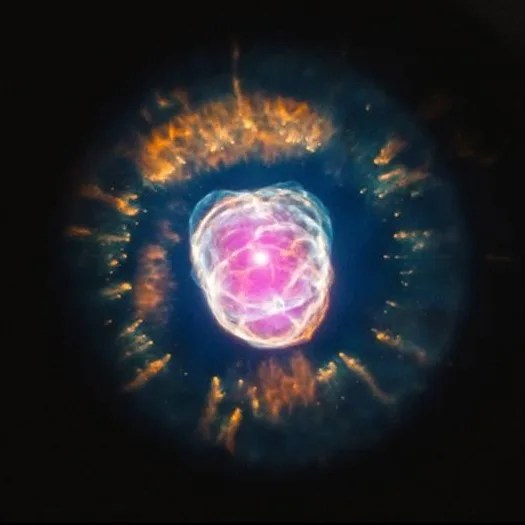Messier 13
Astronomer Edmond Halley, of Halley's comet fame, discovered Messier 13 in 1714.
Distance
25,000 light-years
Apparent Magnitude
5.8
constellation
Hercules
object type
Globular Cluster
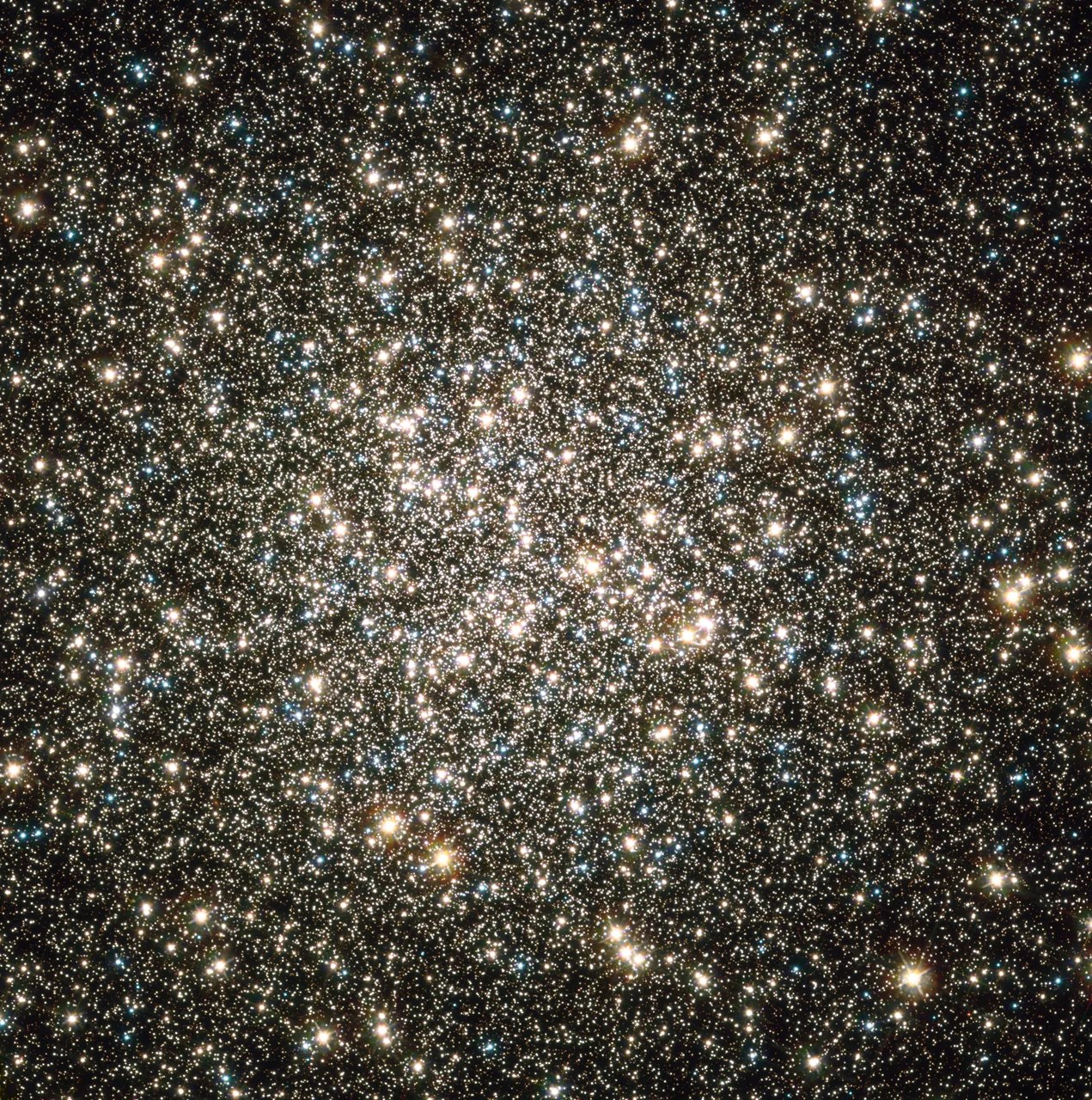
Like shiny flakes sparkling in a snow globe, over 100,000 stars whirl within the globular cluster M13, one of the brightest star clusters visible from the Northern Hemisphere. Located 25,000 light-years from Earth with an apparent magnitude of 5.8, this glittering metropolis of stars in the constellation Hercules can be spotted with a pair of binoculars most easily in July.
The English astronomer Edmond Halley, best known for recognizing the periodicity of the comet that bears his name, discovered M13 in 1714. When Charles Messier added M13 to his catalog in 1764, he was convinced that the nebulous object did not contain any stars at all. Because they are so densely packed together, the cluster’s individual stars were not resolved until 1779. Near the core of this cluster, the density of the stellar population is about a hundred times greater than the density in the neighborhood of our sun. These stars are so crowded that they can, at times, run into each other and even form a new star. The resulting “blue stragglers” appear to be younger than the other stars in their immediate vicinity and are of great scientific interest to astronomers.
For more information about Hubble’s observations of M13, see:
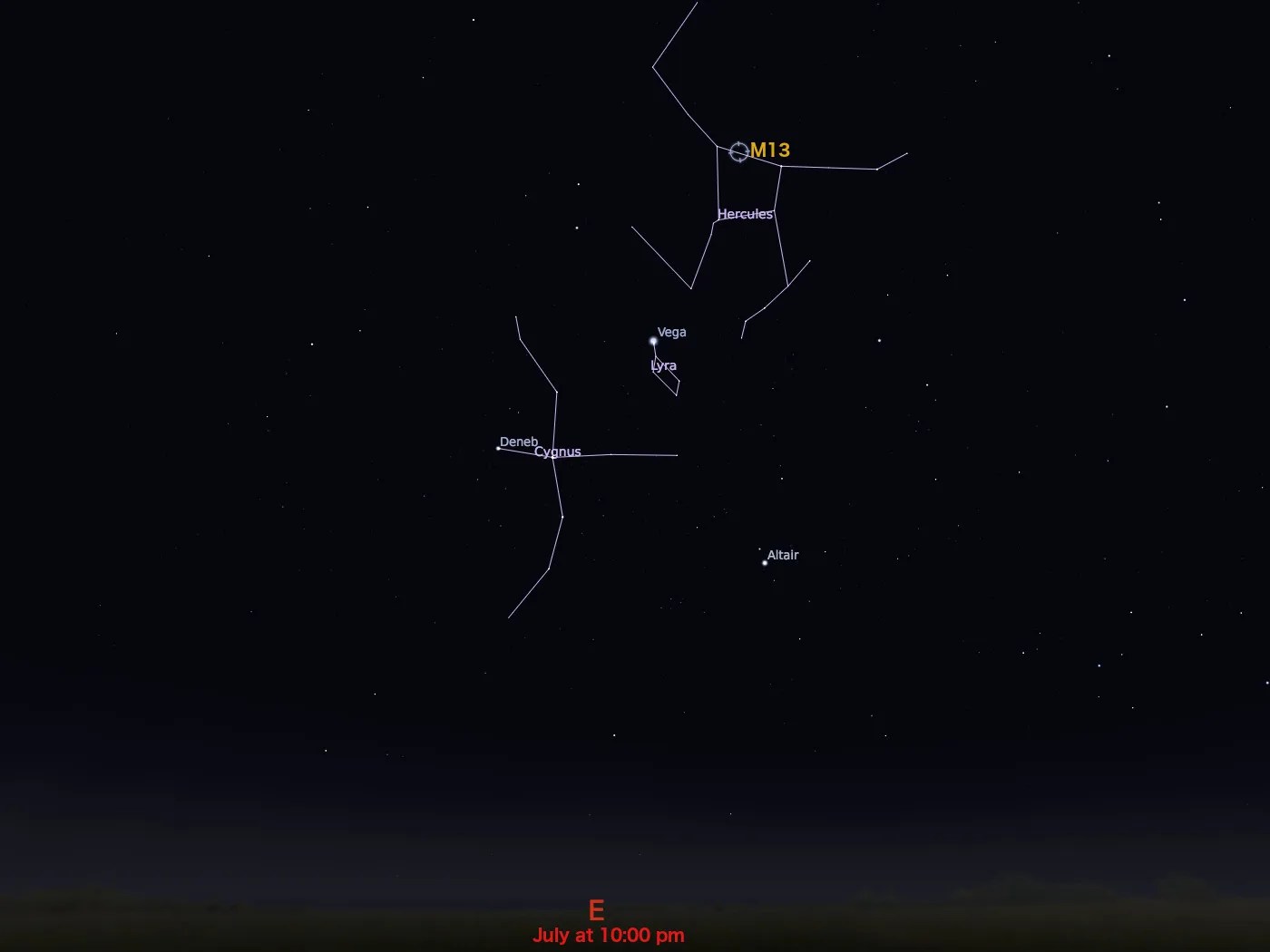

Explore Hubble's Messier Catalog
The following pages contain some of Hubble’s best images of Messier objects.

Messier 1 (The Crab Nebula)
Better known as the Crab Nebula, Charles Messier originally mistook Messier 1 for Halley’s Comet, which inspired him to create…
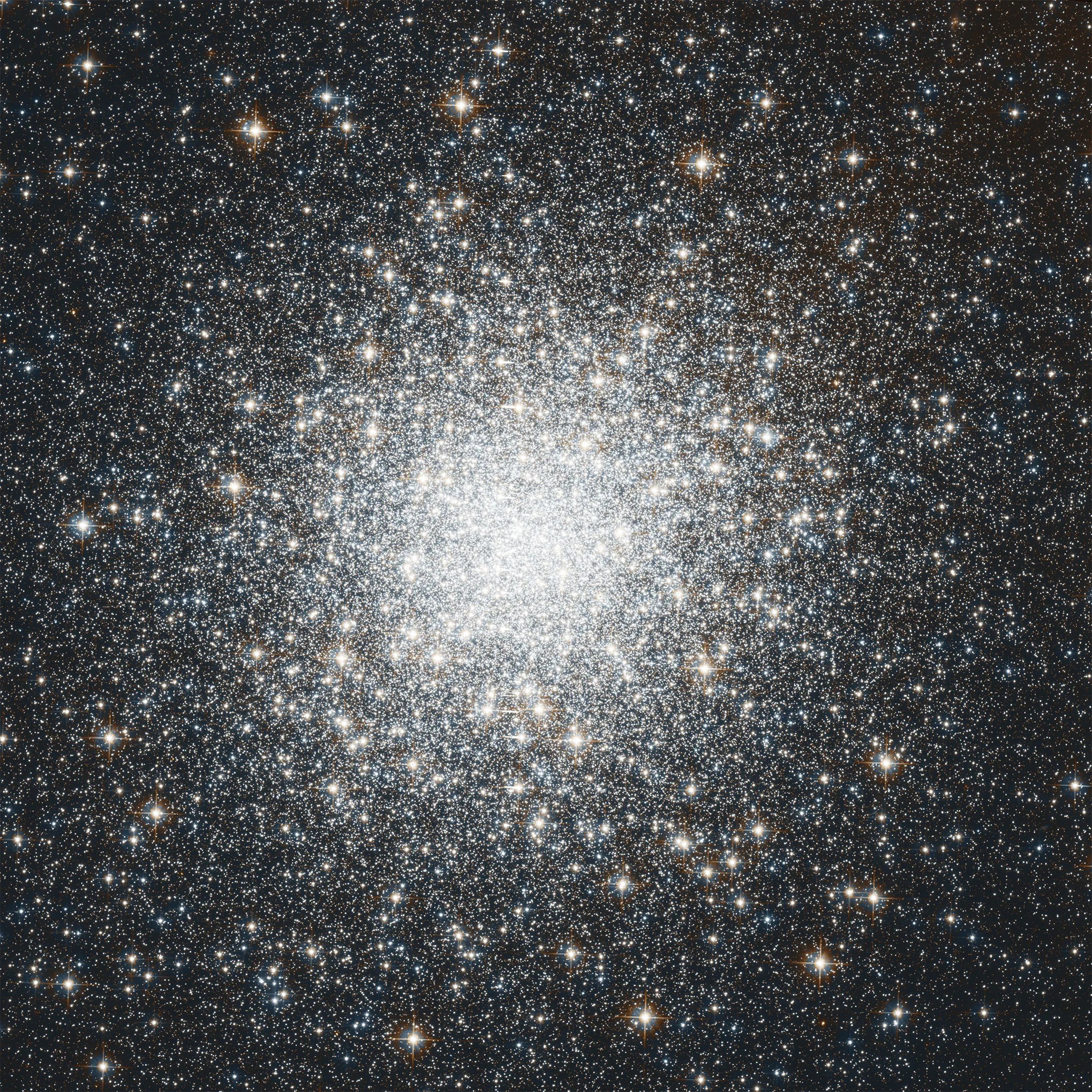
Messier 2
Hubble's image of Messier 2 is comprised of visible and infrared wavelengths of light.
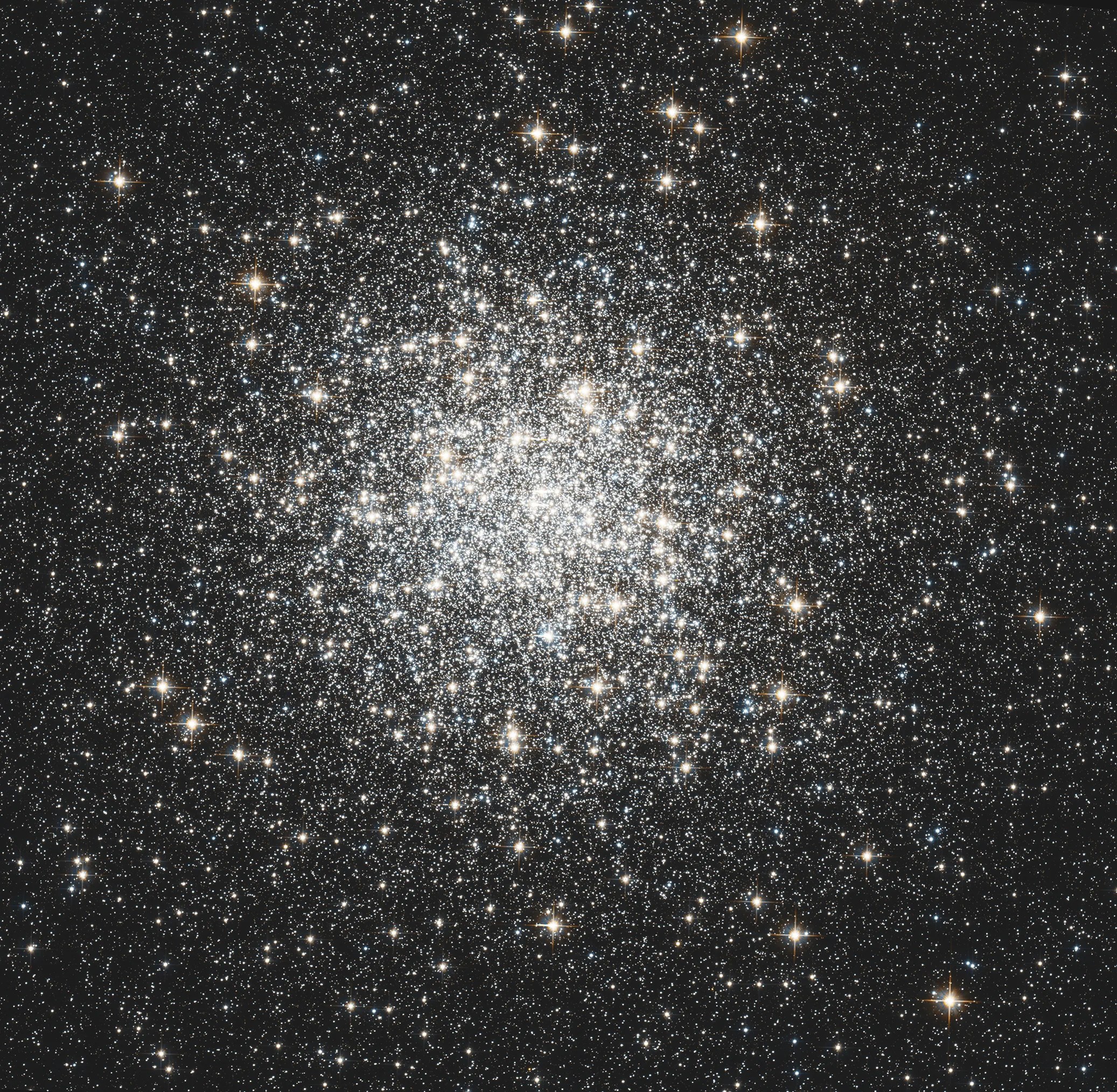
Messier 3
Messier 3 holds more than 500,000 stars.




